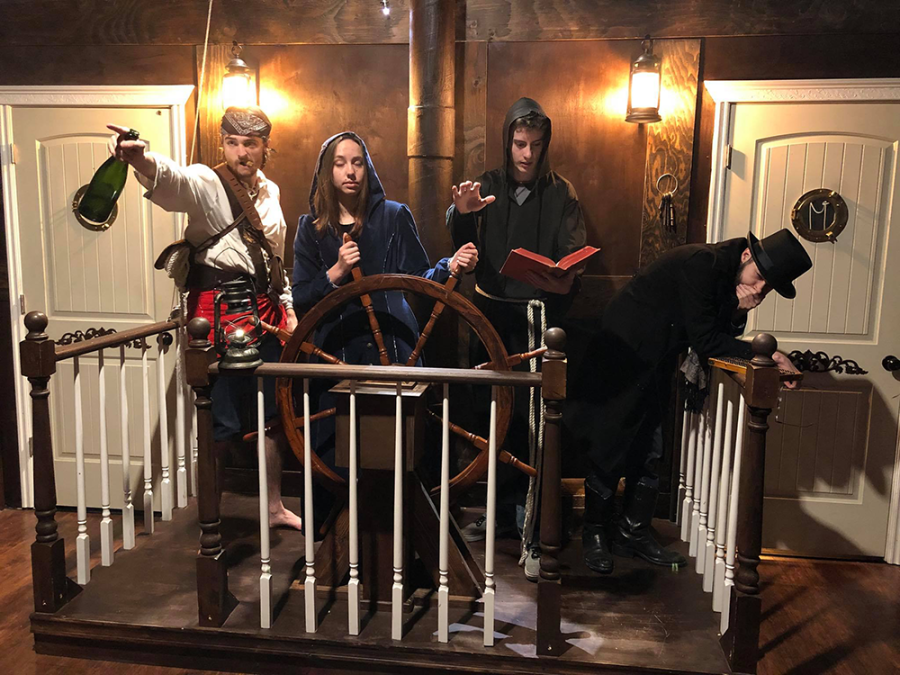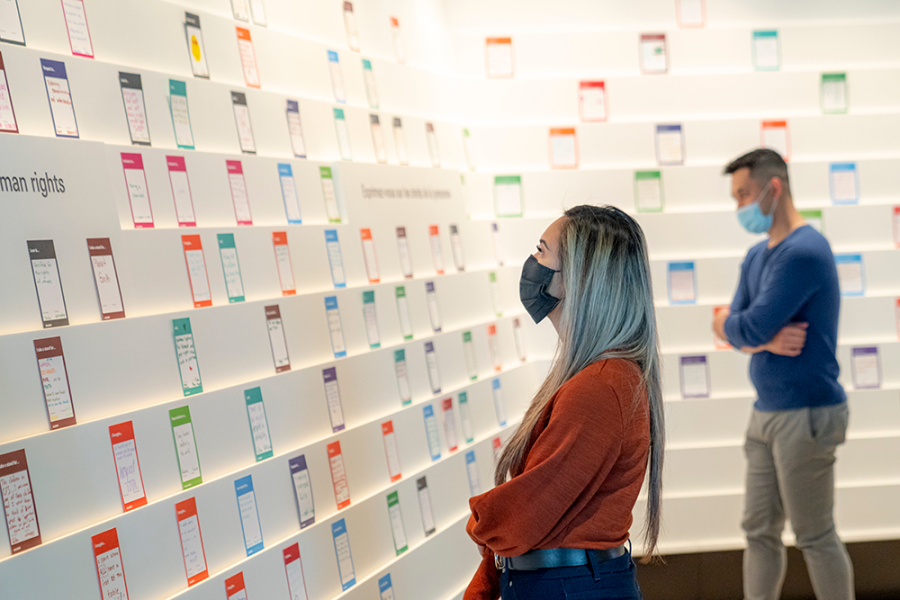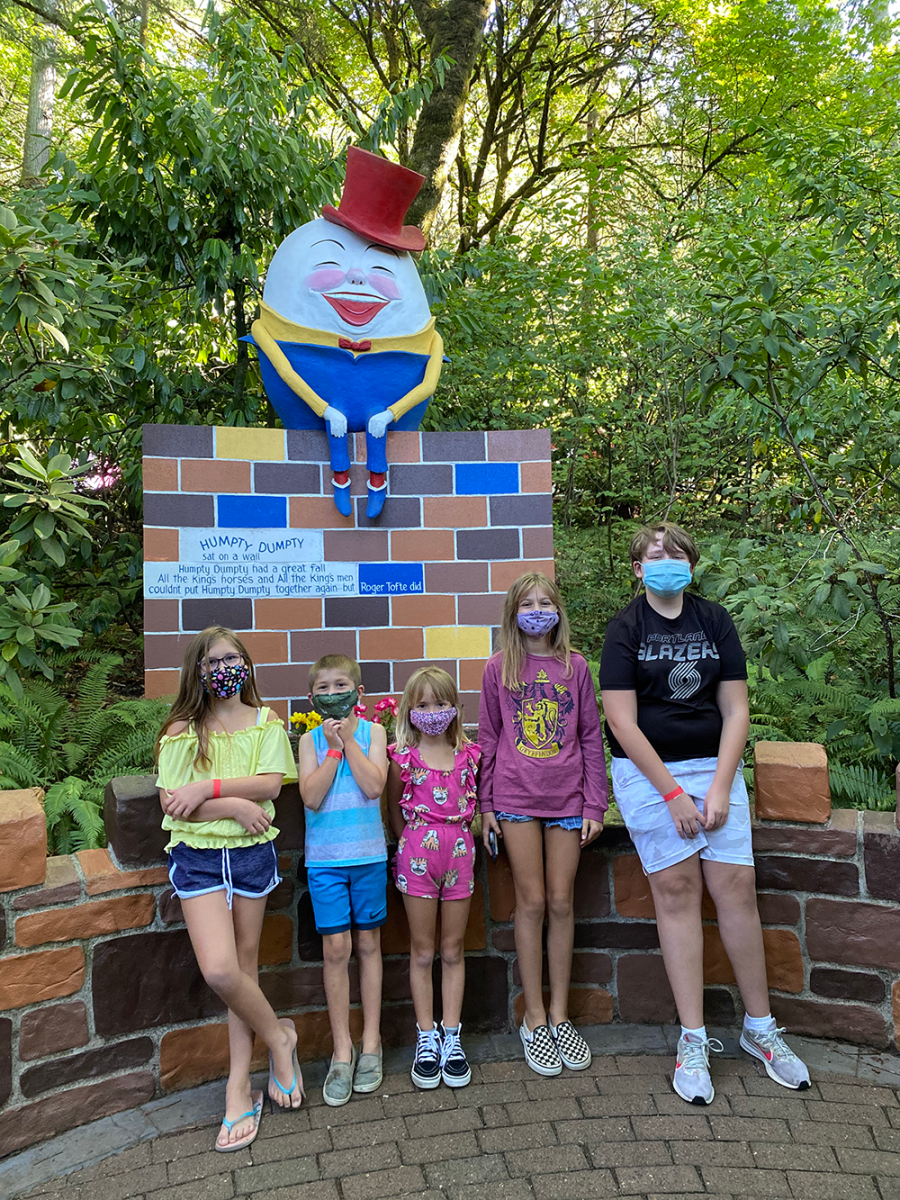Reviving Operations at Attractions
The pandemic forced attractions around the world to temporarily close their facilities in 2020, leaving many operators without revenue to keep staff employed or continue use of their spaces. Reopening presents a number of operational challenges for attractions. Here’s a look at how several operators are regrouping as they welcome guests back in person.

Mystery Escape Room in Salt Lake City, Utah, United States
Prior to the pandemic, Mystery Escape Room had already been offering virtual escape rooms for a couple of years. The virtual experiences weren’t very engaging at first, but fortunately, owner Les Pardew says they “got fun” right around the time the physical escape rooms had to shut down.
The in-person escape rooms were able to reopen on a limited basis in May 2020, but with masks required and no mixing of groups. Prepandemic, Mystery Escape Room charged a per-person ticket price, but since reopening, it has implemented a minimum charge per group.
Even now, some people are not comfortable returning to indoor attractions and corporate bookings have not returned to their prepandemic levels, so that’s taken its toll on the physical equipment.
“We’re still reeling from that,” Pardew says. “When you leave stuff unused for a long time, not only does it get dirty, but it tends to deteriorate.” The team is still working to fix equipment and has stepped up the facility’s cleaning protocols.
Staffing has proven to be an even bigger challenge. Because the virtual escape rooms require a different skillset than the in-person ones, that meant hiring different people, and many of the people who’d staffed the in-person experiences found other jobs. To provide guests with a theatrical experience, Mystery Escape Room hires actors, often those with improv skills.
“We are fortunate in that we have a fun job,” Pardew says. “But still, we’re having a really difficult time getting enough help to be able to keep up with demand.”
This has meant sometimes having to turn customers away, and it has also impacted the escape room’s ability to expand.

The Canadian Museum for Human Rights in Winnipeg, Manitoba, Canada
As a national museum, the Canadian Museum for Human Rights receives funding from the government and was able to retain its full staff. Even with the building closed, museum employees remained busy. Essential workers, such as maintenance staff members, reported in person. Research and curation teams worked on temporary exhibits from home, while interpreters led virtual tours.
“The shutdown allowed us to focus on the building itself—technology, repairing things that were overdue, and a lot of important initiatives that may have just been pushed aside for the past couple of years,” adds Jacques Lavergne, vice president of visitor experience and business development. This included data entry projects and training staff on in-gallery animation (speaking to visitors to provide more context since guided tours were paused).
Based on local guidelines, the museum has reopened and closed multiple times during the pandemic. A committee called Project Open helped prepare for the first reopening. It has since evolved into a committee called the COVID committee.
“That group has been hyperfocused on implementing safety measures in our office spaces, meeting rooms, and all of our other visitor-facing spaces,” Lavergne explains. In addition to physical safety in the building, the committee also handles virtual training sessions and checklists for staff returning to work so that everyone has the necessary information.

Enchanted Forest in Turner, Oregon, United States
During the shutdown, Enchanted Forest retained its most experienced maintenance team members, according to co-owner Susan Vaslev. Since the theme park is open seasonally, the maintenance staff take apart the rides to test them and X-ray them during the offseason. Structural testing occurred last winter just as it would during a normal season. However, they also upgraded their computer operating system for their two big rides.
Due to state mandate, Enchanted Forest was not able to reopen until halfway through the 2020 season and then only at a very reduced capacity (a maximum of 250 people including staff, compared to thousands prepandemic). As a result, the park went into debt and launched a crowdfunding campaign to stay afloat. The community donated nearly $500,000.
Enchanted Forest also suffered major damage from an ice storm in February 2021. By mid-May, the park had recovered enough to reopen, but it received pushback, and even threats, after posting about its mask mandate. Enchanted Forest delayed reopening until early June at 15% capacity.
However, after being closed for so long, Enchanted Forest couldn’t retain many of its general park employees and had to rehire from scratch. Even with the state easing capacity limits, the park couldn’t hire enough people and had to operate with a reduced workforce. Enchanted Forest retained most of its key managers and key ride operators, but the park lost a lot of its middle level management. That meant management had to work as team leaders or supervisors during the day and handle administrative tasks after hours. The smaller staff also meant the park could only operate five days a week and had to shut down a lot of stores and concessions.
Despite these challenges, Vaslev hopes for better times ahead.
“Last season turned out OK because we had the Paycheck Protection Program loan,” Vaslev says. “But next season, we will not. So we are really hoping that it will be truly back to normal, where we can really hire, and people are out again fully.”
